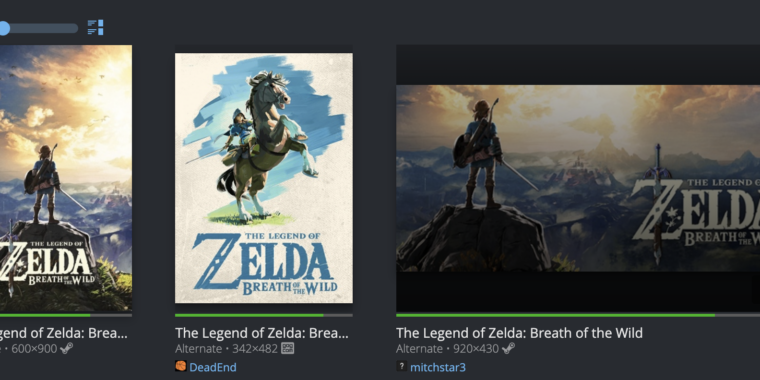
Last year, the National Center for Missing and Exploited Children (NCMEC) released data showing that it received overwhelmingly more reports of child sexual abuse materials (CSAM) from Facebook than any other web service it tracked. Where other popular social platforms like Twitter and TikTok had tens of thousands of reports, Facebook had 22 million.
Today, Facebook announced new efforts to limit the spread of some of that CSAM on its platforms. Partnering with NCMEC, Facebook is building a “global platform” to prevent “sextortion” by helping “stop the spread of teens’ intimate images online.”
“We’re working with the National Center for Missing and Exploited Children (NCMEC) to build a global platform for teens who are worried intimate images they created might be shared on public online platforms without their consent,” Antigone Davis, Facebook’s VP, global head of safety, said in a blog post on Monday.
This global platform for teens will work similarly to the platform that Meta created to help adults combat “revenge porn,” Davis said, which Facebook said last year was “the first global initiative of its kind.” It lets users generate a hash to proactively stop images from being distributed on Facebook and Instagram.
According to Davis, Meta found that more than 75 percent of the child exploitative content that proliferates on its platforms at rates that outpace other social media is posted by people “with no apparent intention of harm.” Instead, the CSAM gets shared to express outrage, disgust, or “poor humor,” Davis said.
“Sharing this content violates our policies, regardless of intent,” Davis said. “We’re planning to launch a new PSA campaign that encourages people to stop and think before resharing those images online and to report them to us instead.”
She also said there would be more news about the new platform for teens in the coming weeks.
NCMEC did not immediately respond to Ars’ request for comment.
Meta looking into labeling “suspicious” adults
In her blog, Davis outlined several other updates that Meta made to better protect teens.
For new users under the age of 16 (or 18 in some countries), Meta will default privacy settings to stop strangers from seeing their friends list, the pages they follow, or the posts they’re tagged in. Teens will also have default settings limiting who can comment on their posts and prompting them to review posts they’re tagged in before those posts appear on their pages. For all teens already on the platforms, Meta said it would send notifications recommending they update their privacy settings.
Perhaps the greatest precaution Meta is testing now, though, is a step toward flagging adult users who are believed to be harassing teen users as “suspicious” accounts.
“A ‘suspicious’ account is one that belongs to an adult that may have recently been blocked or reported by a young person, for example,” Davis wrote.
To figure out who’s “suspicious,” Meta plans to rely on reports from teen users. When a teen user blocks an account, the teen user will also get a notification to report the account to Meta to let them know “if something makes them feel uncomfortable while using our apps.” To identify more suspicious users, Meta said it would review all blocks by teens, regardless of whether they make a report.
Any account flagged as suspicious would not be displayed in teen users’ People You May Know recommendations. Davis said that Meta is also considering whether or not it should remove the message button entirely when a “suspicious” account views a teen user’s profile.
Even this is an imperfect system, of course. The major flaw with Meta’s solution here is that flagging “suspicious” users will only happen after some teens have already been harassed.








